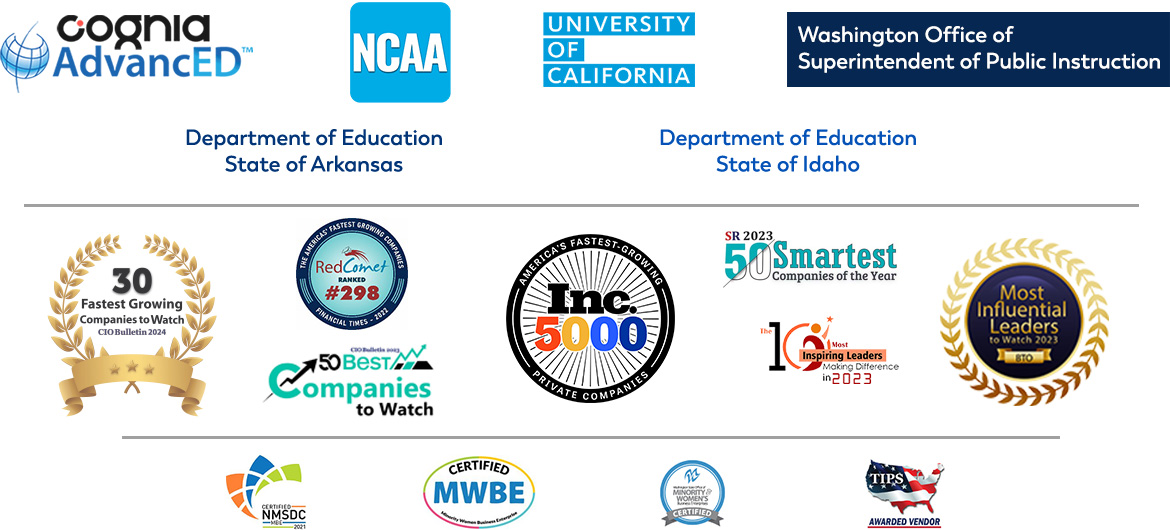Grade 8 Science STAAR
Course Overview:
In the 8th Grade Science STAAR® Study Guide, students review science content TEKS in the STAAR®- tested reporting categories. The Study Guide also includes two STAAR®-like Practice Tests. The Tests are the same length as the STAAR® Test with the corresponding number of questions for each category. When scoring the Test, each question is associated with a category. Students and teachers can determine if students are struggling or excelling in certain categories and redo the questions in the Study Guide for a particular category.
Syllabus:
Reporting Category 1 - Matter and Energy
- 1.1 Atoms
- 1.2 Elements
- 1.3 Valence Electrons and Compounds
- 1.4 elements Versus Compounds
- 1.5 The periodic Table
- 1.6 Density
- 1.7 Metals, Metalloids, and Nonmetals
- 1.8 Changes To Matter
- 1.9 Energy Flow In Living Systems
- 1.10 Energy Pyramids
Reporting Category 2 - Force, Motion, and Energy
- 2.1 Describing Motion
- 2.2 Graphing Motion
- 2.3 Unbalanced Forces
- 2.4 Newton’s First Law of Motion
- 2.5 Newton’s Second Law of Motion
- 2.6 Newton’s Third Law of Motion
- 2.7 Potential and Kinetic Energy
- 2.8 Energy Transformation
Reporting Category 3 - Earth and Space
- 3.1 Earth in Space
- 3.2 Lunar Cycle
- 3.3 The Tides
- 3.4 The Universe
- 3.5 Star Classification
- 3.6 The Sun and Solar Systems
- 3.7 Measuring Distances and Finding Properties
- 3.8 Plate Tectonic Theory
- 3.9 Plate Tectonics and Land Formations
- 3.10 Interpreting Maps
- 3.11 Sun and Weather
- 3.12 Ocean and Hurricane
- 3.13 Weather Maps
- 3.14 Humans and Water
Reporting Category 4 - Organisms and Environments
- 4.1 Ecosystems
- 4.2 Ecosystem Changes
- 4.3 Ecological Succession
- 4.4 Cell Theory
- 4.5 Organelles
- 4.6 Plant Versus Animal Cells
- 4.7 Organ Systems
- 4.8 Domains and Kingdoms
- 4.9 Dichotomous Keys
- 4.10 Reproduction
- 4.11 Genetics
- 4.12 Natural Selection and Selective Breeding


